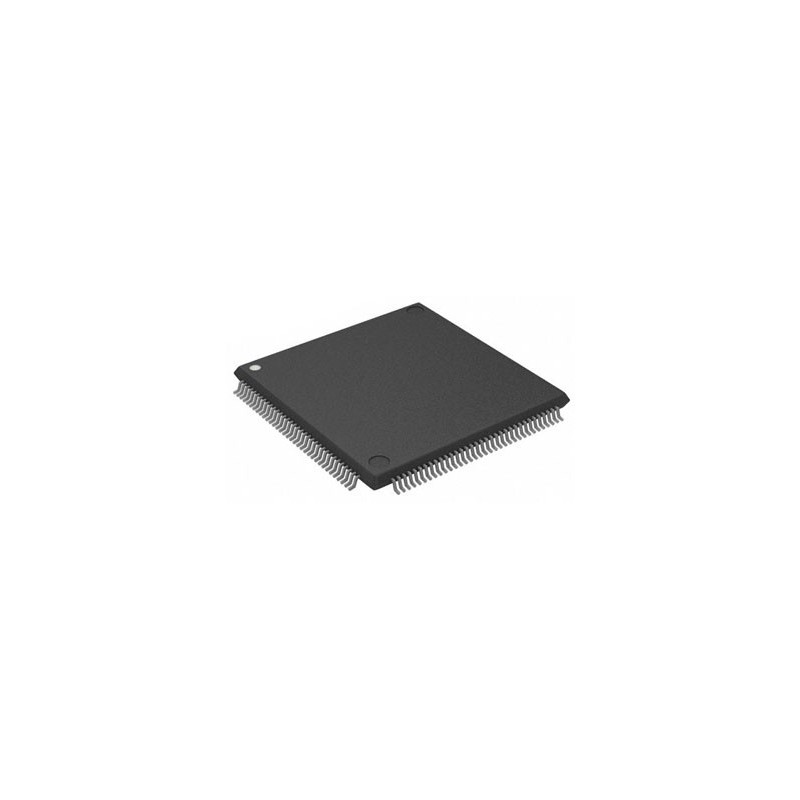- Out-of-Stock

Manufacturer BTC Korporacja sp. z o. o. Lwowska 5 05-120 Legionowo Poland sprzedaz@kamami.pl 22 767 36 20
Responsible person BTC Korporacja sp. z o. o. Lwowska 5 05-120 Legionowo Poland sprzedaz@kamami.pl 22 767 36 20
No product available!
Assembled slow brightener for 12V LED strips. AVT1975 C
No product available!
No product available!
Tamiya 70106 4-Channel Remote Control Box
No product available!
No product available!
LCD 2x16, 80x36mm, FSTN, LED backlight (white), enhanced temperature range, current consumption 20mA, RoHS
No product available!
No product available!
No product available!
No product available!
No product available!
No product available!
ROSA3D filament made of high-quality PLA granules. 0.8 kg of filament with a diameter of 1.75 mm is wound on the spool. ROSA3D PLA Starter Neon Green
No product available!
No product available!
No product available!
No product available!
No product available!

